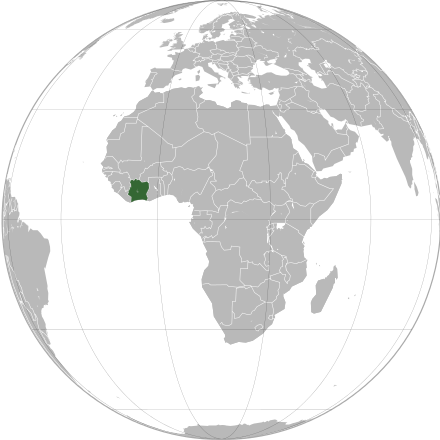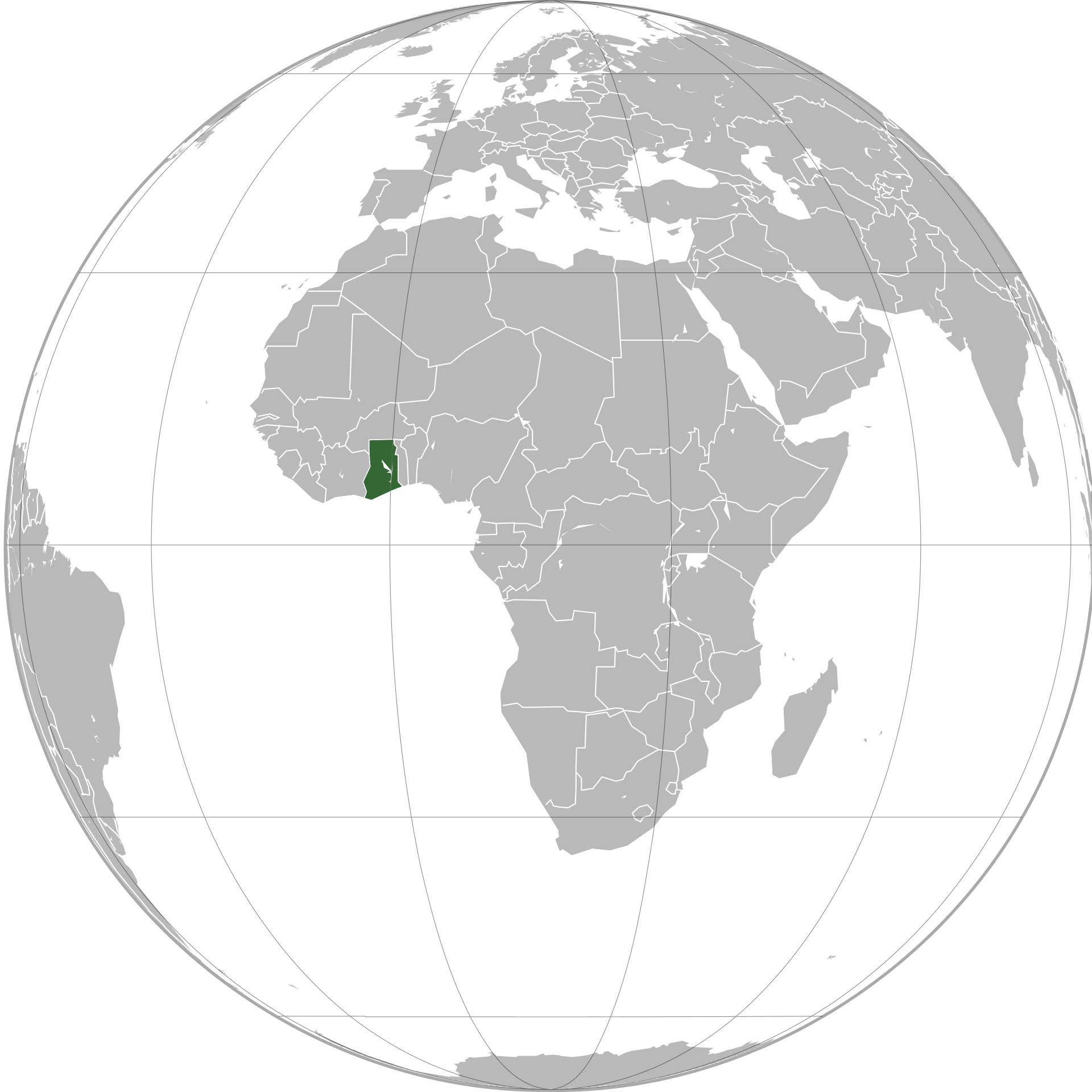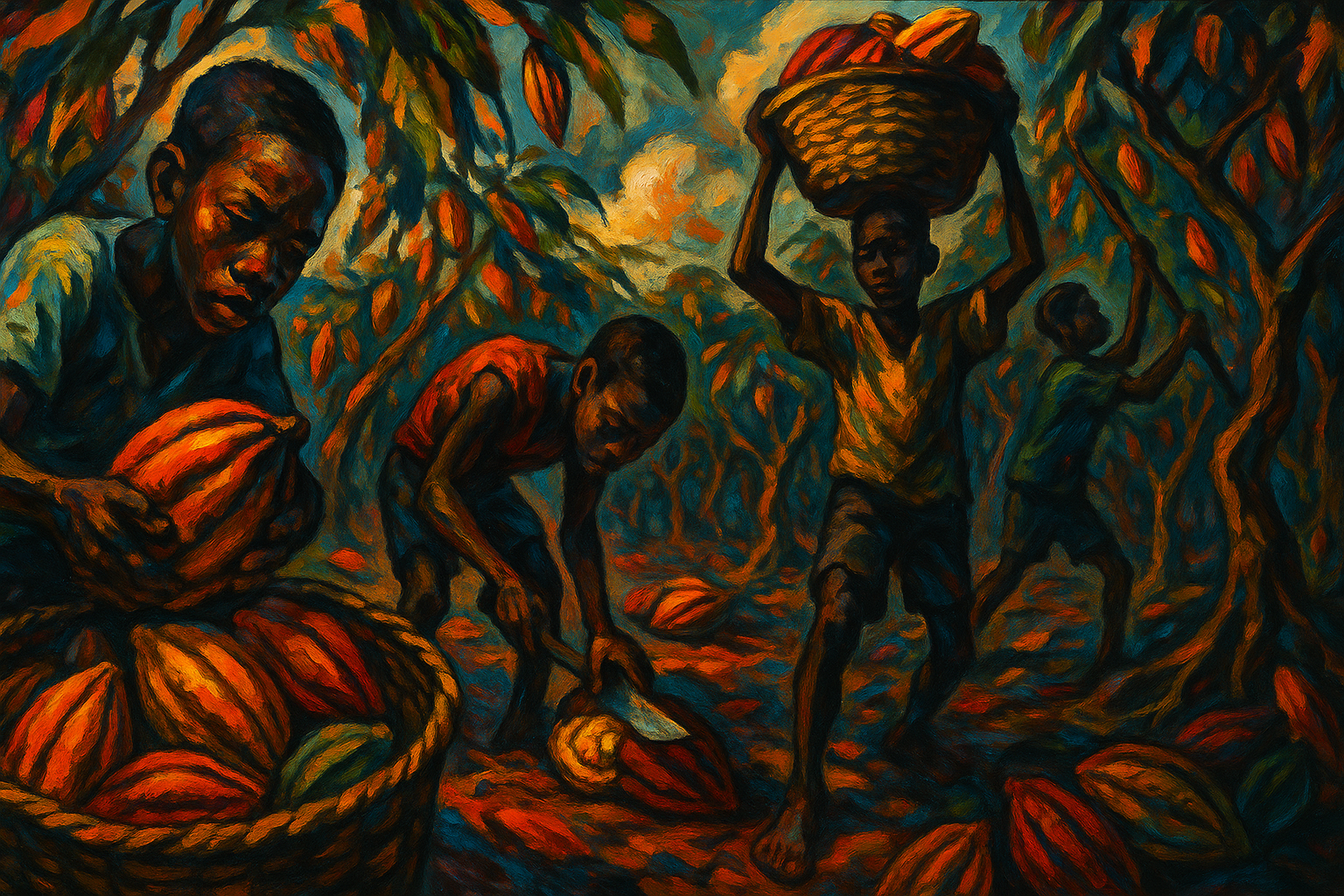Unfree Child Labour in West Africa's Cocoa Farms
West Africa has rich resources, a young population, and a long history of trade shaping both regional and international markets. Agriculture remains one of the most important parts of daily life and economic activity across the region, providing work for millions and serving as a foundation for growth. Among its many crops, cocoa stands out as the most well-known, linking West Africa to consumers around the world and making the region indispensable to the global chocolate industry.
Cocoa Farms in West Africa
Chocolate production is a multi-billion-dollar global industry, heavily dependent on cocoa beans primarily sourced from West Africa, particularly Ivory Coast and Ghana. Together, these countries supply approximately two-thirds of the world's cocoa, making them crucial to global chocolate supply chains. While chocolate consumption remains highest in Europe and North America, the dynamics of global trade position West African farmers at the very bottom of an extensive, complex economic hierarchy.
Despite the industry's profitability, cocoa farmers earn minimal incomes, often insufficient to meet basic needs. Fluctuating global cocoa prices, driven by market speculation, climate variability, and corporate practices, create economic instability that directly affects local communities. Farmers bear the brunt of market volatility, unable to secure fair or predictable prices for their harvests.
Global chocolate companies, including major multinational corporations, dominate this trade through intricate supply chains designed to minimize costs. They source cocoa through multiple intermediaries, distancing themselves from the direct realities of farming communities. Such structures obscure accountability, complicating efforts to eliminate exploitative practices, including child labour. Consequently, the pressures of global capitalism reinforce conditions of poverty, perpetuating cycles of vulnerability among farming families and contributing directly to widespread reliance on child labour.
Ivory Coast: Key Facts

- Capital: Yamoussoukro
- Largest city: Abidjan (5.6 million)
- Population: 31.5 million (2024)
- Official language: French
- GDP (ppp): 267 billion (IMF 2025)
- GDP rank (ppp): 72
- GDP per capita (ppp): 8,111 USD
- GDP per capita rank: 134
- Export partners: Switzerland 17%, Netherlands 9%, Mali 7%, USA 5%, Malaysia 4% (2023)
- Import partners: China 16%, Nigeria 12%, France 6%, India 5%, USA 4% (2023)
Ghana: Key Facts

- Capital: Accra
- Largest city: Accra (1.8 million)
- Population: 35 million (2025)
- Official language: English
- GDP (ppp): 295 billion (IMF 2025)
- GDP rank (ppp): 68
- GDP per capita (ppp): 8,417 USD
- GDP per capita rank: 132
- Export partners: Switzerland 24%, UAE 18%, India 8%, South Africa 7%, China 7% (2023)
- Import partners: China 30%, Netherlands 8%, India 5%, USA 5%, Russia 5% (2023)
Regional Focus: Ivory Coast and Ghana
Ivory Coast is the world’s largest cocoa producer, accounting for around 40% of global supply. Cocoa farming dominates its economy, involving over one million smallholder farmers who typically cultivate small plots of land. Despite its central role in global chocolate markets, rural cocoa-growing regions remain economically marginalized, characterized by poor infrastructure, limited access to education and healthcare, and chronic poverty. These conditions push families into reliance on child labour as an economic necessity, exacerbated by persistent political instability and limited governmental capacity to address labour rights abuses.
Ghana, the world’s second-largest cocoa exporter, contributes approximately 20% of global production. Cocoa farming employs over 800,000 families, mostly operating on small, family-owned farms. Although Ghana has historically provided somewhat better government oversight compared to Ivory Coast, poverty and limited opportunities persist, particularly in rural areas. Price fluctuations and insufficient returns to farmers sustain economic precarity. Despite government and international efforts at regulation and child labour eradication, economic pressures continue to drive families into using children in cocoa cultivation, maintaining cycles of poverty and unfree labour conditions.
Cocoa Farming Communities
Cocoa farming communities in Ivory Coast and Ghana face profound economic hardships rooted in systemic poverty, inadequate infrastructure, and limited access to essential services. Farmers typically cultivate small plots, averaging between two and five hectares, which yield insufficient income to sustain their households year-round. Low and unpredictable cocoa prices exacerbate financial insecurity, compelling families into debt cycles that perpetuate their vulnerability and dependence on informal loans from local middlemen and brokers.
Socially, these communities often lack basic infrastructure, including schools, healthcare facilities, clean water, and electricity. Educational resources, when available, are frequently underfunded and distant, discouraging regular attendance by children. Poor health services heighten community vulnerability, as untreated illnesses and injuries significantly affect productivity and family stability. Moreover, the absence of adequate transportation networks isolates communities, limiting farmers' bargaining power and market access, while reinforcing their reliance on exploitative intermediaries. Collectively, these conditions create environments where child labour emerges as both a survival strategy and an economic necessity.
Child Trafficking
Child labour in cocoa farming emerges through diverse recruitment pathways, including trafficking and voluntary labour migration driven by economic desperation. In Ivory Coast, trafficking networks systematically target impoverished rural communities across the broader West African region, particularly Burkina Faso, Mali, and Togo. Children, often deceived with promises of education, wages, or better living conditions, are transported covertly to remote cocoa plantations, where they face coercive labour conditions with minimal or no remuneration. These practices exploit familial vulnerability, economic desperation, and limited state oversight, perpetuating cycles of unfree labour and exploitation.

Child workers in West Africa's cocoa farms, as imagined by chatGPT v5.
In Ghana, while trafficking exists, child labour often arises from internal migration and familial arrangements shaped by poverty. Families facing economic hardship frequently send their children to relatives or acquaintances in cocoa-producing areas, hoping to secure better livelihoods or educational opportunities. However, many of these arrangements result in exploitative conditions, where children’s labour far exceeds acceptable norms, and their access to education becomes severely restricted or non-existent. Thus, both voluntary and coercive migration pathways intertwine, reinforcing systemic child labour practices deeply embedded within regional economic and social contexts.
Daily Realities
Children engaged in cocoa farming face hazardous working conditions characterized by strenuous physical labour, and prolonged exposure to harmful environments. Daily tasks involve clearing land, planting seedlings, applying pesticides without protective gear, and using sharp machetes to harvest and split cocoa pods. The absence of adequate safety equipment significantly increases risks of severe injuries, including deep cuts, fractures, and chemical poisoning, resulting in long-term health consequences.
Moreover, children regularly endure excessive work hours, often exceeding twelve hours per day, with limited rest and inadequate nutrition. They frequently carry heavy loads, causing chronic musculoskeletal disorders and stunted physical development. Education is severely disrupted or entirely inaccessible, restricting their future opportunities and perpetuating intergenerational poverty. These daily realities reflect systemic neglect and the normalization of exploitative conditions, embedding child labour as an integral component of cocoa production’s socioeconomic landscape.
Family Strategies and Survival Economies
Families in cocoa-producing regions adopt diverse strategies to cope with persistent poverty and economic insecurity, many of which inadvertently perpetuate child labour. Child labour emerges not merely from coercion but also as a calculated family response to economic vulnerability. Parents strategically deploy children's labour within farming and household tasks, viewing it as essential to family survival rather than exploitation. Children's earnings, although minimal, are critical in supplementing household income and ensuring basic needs are met, particularly during periods of economic stress or poor harvests.
Survival economies in cocoa-growing communities are often characterized by informal, unstable, and opportunistic livelihoods. Families diversify their income sources through petty trading, wage labour, and debt arrangements with brokers, frequently relying on children's labour contributions. Within these economic frameworks, children's education and personal development become secondary to immediate household survival, embedding child labour into familial and community economic strategies.
Why These Problems Persist
Global chocolate corporations wield significant influence over cocoa production through complex supply chains designed to maximize profits while minimizing direct responsibility for labour conditions. Major chocolate brands source cocoa indirectly through multiple layers of suppliers, brokers, and cooperatives, distancing themselves from on-the-ground practices and obscuring accountability. Although many companies publicly commit to ethical sourcing practices, including certification programs such as Fairtrade, Rainforest Alliance, and UTZ, actual implementation remains inconsistent, frequently criticized for limited transparency and effectiveness.
Suppliers and intermediaries, pressured to deliver cocoa at competitive prices, often overlook or indirectly perpetuate child labour to meet market demands. Economic pressures cascade downward through the supply chain, reinforcing exploitative practices among farmers and their families.
Video
An investigation into the child labour fueling the global chocolate industry [55m 47s]
This documentary investigates the unethical practices hidden within the global chocolate supply chain. It exposes how much of the world's cocoa is harvested by children, many of whom are victims of trafficking and forced to work in dangerous conditions. The video also reveals how protected national forests are being illegally cleared on a massive scale to make way for new cocoa plantations, threatening vital ecosystems.
Discussion
1. How might our understanding of childhood change if viewed through the lens of necessity and survival rather than idealized norms of education and play?
2. Given the complex role child labour often plays in family survival strategies, how might communities that rely on it perceive the practice differently from external observers (e.g., policymakers, activists, or researchers)? Conversely, how might those who have never experienced long-term survival-based hardship struggle to fully understand these perspectives?
Critical Thinking
1. The text assumes that child labour in cocoa farming is inherently problematic and should be eliminated, but examine whether this assumption reflects particular cultural and economic biases. Could there be scenarios where children's participation in agricultural work serves positive developmental, educational, or economic functions for families and communities? What evidence would challenge the notion that all forms of children's agricultural work are inherently harmful, and how might the text's framing obscure potential benefits or cultural meanings of such work?
2. Question the text's assumption that eliminating child labour would necessarily improve children's lives and community welfare. What unintended consequences might arise if child labour were suddenly eliminated without addressing underlying poverty and lack of economic alternatives? Consider whether families might face greater hardship, children might engage in more dangerous informal work, or communities might lose important cultural transmission mechanisms. What evidence suggests that the proposed solution aligns with the actual needs and preferences of affected families?
Further Investigation
1. The text describes a supply chain that distances corporations from farmers. Map this system, but include the actors the text omits: commodity traders in Geneva, marketing executives in New York, government regulators, and logistics operators. How does value accumulate at each step, and how does this structure ensure plausible deniability for those at the top?
2. Research comparative case studies of agricultural child labour in other global regions and crops to examine whether the patterns described in West African cocoa farming represent unique circumstances or broader global phenomena. Investigate how different countries, cultures, and economic systems have approached similar challenges, particularly examining cases where child labour has decreased over time. What factors distinguished successful transitions from unsuccessful ones, and what lessons might apply to West African contexts?
3. Investigate the historical development of childhood concepts and child labour regulations in currently wealthy nations during their industrialization periods. Examine how these societies balanced economic development needs with child welfare concerns, and analyze the timelines over which attitudes and practices changed. Consider what this historical perspective reveals about reasonable expectations for rapid change in contemporary developing economies and whether current international standards reflect realistic or culturally specific expectations.
4. Explore alternative economic development models that have been proposed or implemented in West Africa, particularly those that might address underlying poverty while maintaining cultural practices and family structures. Research community-based development initiatives, cooperative farming models, alternative crop diversification strategies, and local governance approaches that have shown promise in similar contexts. Analyze the potential and limitations of solutions that emerge from within affected communities rather than being imposed by external actors.
Notes: Country data were sourced from the International Monetary Fund (IMF) and the CIA World Factbook; maps are from Wikimedia, licensed under Creative Commons Attribution-ShareAlike (BY-SA). Rights for embedded media belong to their respective owners. The text was adapted from lecture notes and reviewed for clarity using Claude.
Last updated: Fall 2025
